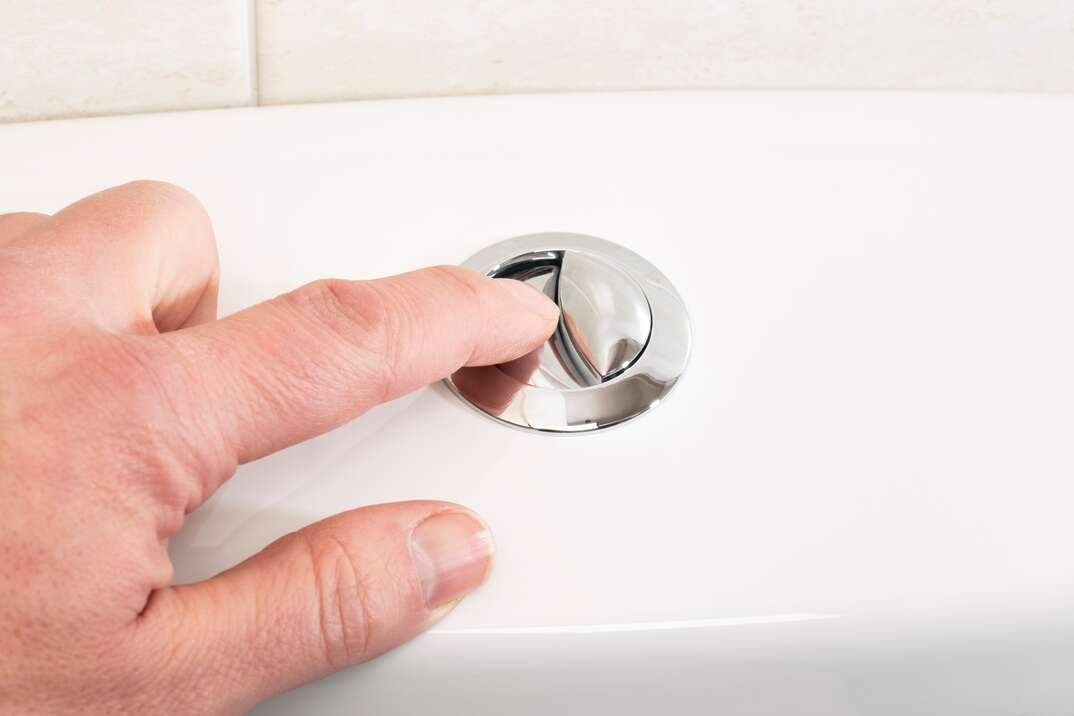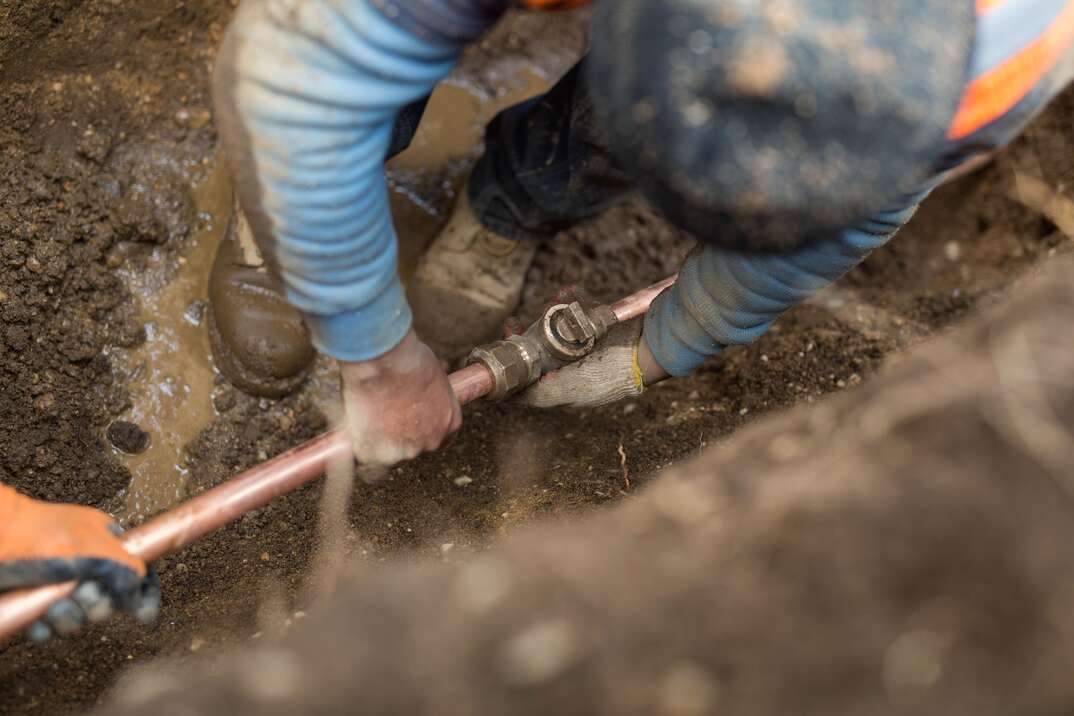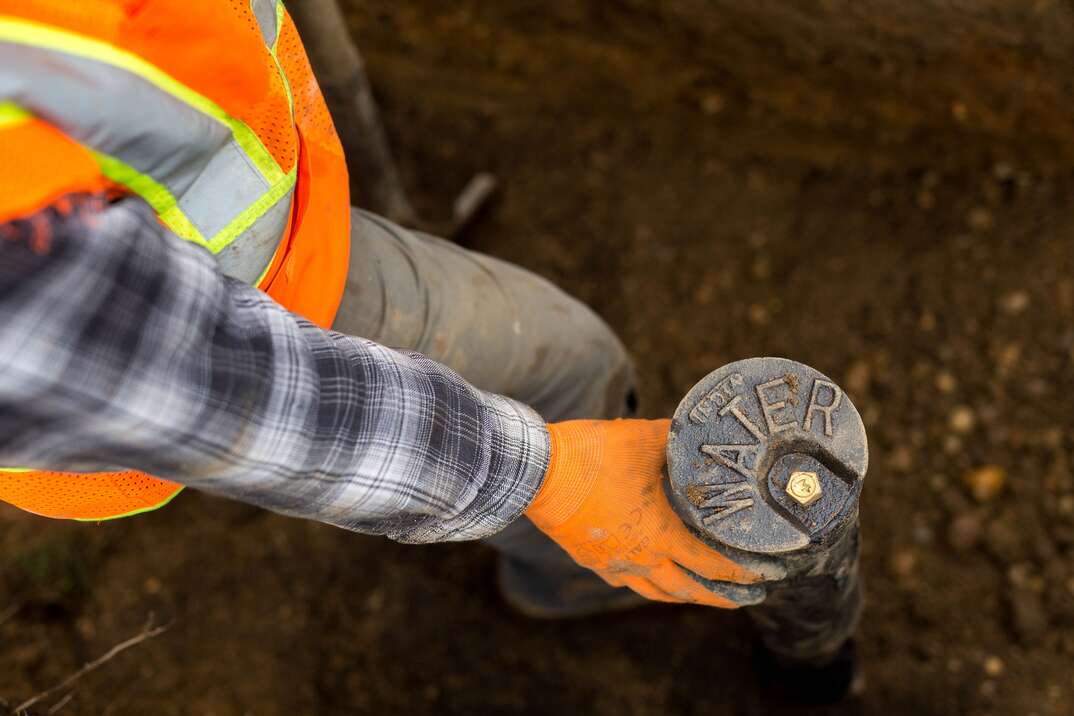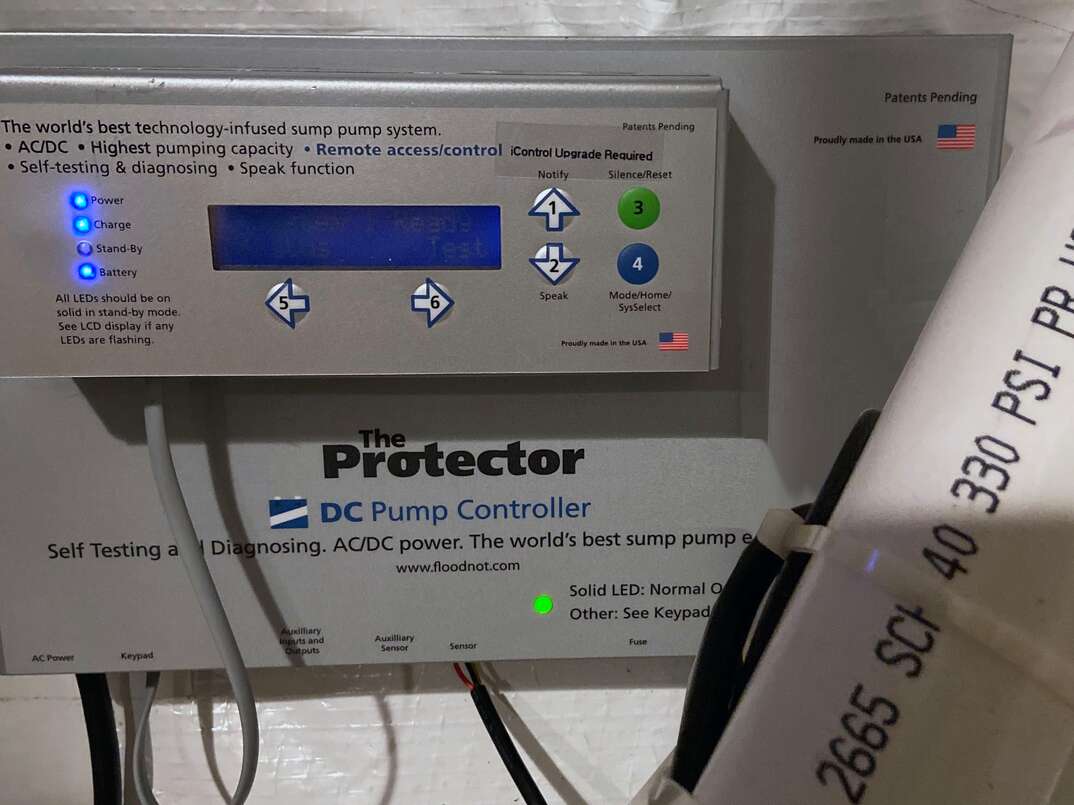Stop Flushing Money Down the Toilet: Go Low-Flow

Low-flow toilets have surged in popularity in recent years, as homeowners look to save money and conserve resources by taking small, day-to-day measures that add up over time. They're replacing their old, inefficient, water-guzzling toilets in favor of these efficiency-minded models. If you're looking to save money on your monthly utility bills, low-flow toilets are something to consider.
This May Also Interest You: 6 Common Reasons Why Your Toilet Won't Flush
Keep reading to learn what a low-flow toilet is, how much water it can save you, how it differs from a regular toilet and where you can find one in your area.
What Is a Low-Flow Toilet?
A low-flow toilet flushes one of two ways: either with gravity or pressure-assistance. A gravity-driven toilet clears waste when the flapper in the toilet tank moves and water is released. Water flows down from the tank into the bowl, flushing its contents, while gravity carries the waste down into and through the pipes.
A pressure-assisted toilet has a pressure tank that works similar to a big water balloon. Water fills the toilet tank and is held there until the tank is under pressure. Any time the flush valve opens, pressure and gravity combine for a powerful flush.
Do Low-Flow Toilets Save Water?
Believe it or not, most experts agree that toilets are one of the biggest water drains in the average American household. According to the EPA, toilets account for nearly 30% of water use in the average home.
The older the toilet, the more likely it is to operate inefficiently. Older toilets can use anywhere from 3.5 gallons to 7 gallons of water per flush. Because of that, many places across the country have enacted conservation laws requiring homeowners and landlords to install low-flow toilets. Government plumbing standards for low-flow toilets specify that they use no more than 1.6 gallons per flush; there are also high-efficiency models that use 1.28 gallons or less per flush.
How to Choose Between a Low-Flow Toilet and a Regular Toilet
Before you make your decision, it's best that you weigh the advantages and disadvantages of owning a low-flow toilet. Yes, a low-flow unit is much more water-efficient than a regular toilet, but there are some drawbacks that may steer some people away.
Here are some of the pros and cons of owning a low-flow toilet:
The Pros:
- First and foremost, a low-flow toilet will help save you a significant amount of water by reducing the volume of water needed to channel waste through the plumbing system and away from your home.
- Not only will you be saving water, but you'll be saving money over time. The EPA estimates that homeowners can save as much as $110 per year on their water bills by switching to a low-flow toilet. You'll likely recoup your initial investment relatively quickly, and a low-flow toilet can last up to 30 years without being replaced.
- Some cities, counties and states offer a rebate to homeowners who replace their standard toilets with low-flow models.
- Though there was a time when low-flow toilets were rather difficult to come by, they're easy to find now.
The Cons:
- Because they require a lower volume of water and may apply less pressure than a regular toilet, low-flow toilets do not always flush waste as well as their standard counterparts. A second or third flush is sometimes needed to ensure heavier waste has cleared the bowl, requiring the consumption of more water and undermining the toilet's efficiency.
- If you live in an older home, it's possible that a low-flow toilet fixture may not work with your existing plumbing. Since most low-flow toilets rely on pressure and gravity, the pipes that connect to the toilet must be positioned at a specific angle and slope. The older the house, the greater the chances are that you'll need plumbing adjustments or replacements to be compatible with a low-flow toilet. Unfortunately, that can lead to the installation process taking longer and costing more than expected. Homes built within the past two decades are more likely to accommodate low-flow fixtures without much extra work.
Where to Buy a Low Flow Toilet?
As noted earlier, it's never been easier to find a low-flow toilet for purchase. You can most likely find a low-flow toilet for your bathroom at a home-improvement store near you.
Big stores such as Home Depot and Lowes should have low-flow toilets in stock, ready to install. You can also purchase these toilets online. Most online retailers also have installation service options available. A professional will come to your home well-prepared and well-equipped to install the toilet for you — so all you'll need to know how to do is flush.
Since we're all home now more than ever, being prepared for unexpected home repairs with a plan from HomeServe is important. Having a plan in place gives you the peace of mind knowing that you can simply call our 24/7 repair hotline for covered breakdowns. See what plans are available in your neighborhood.


